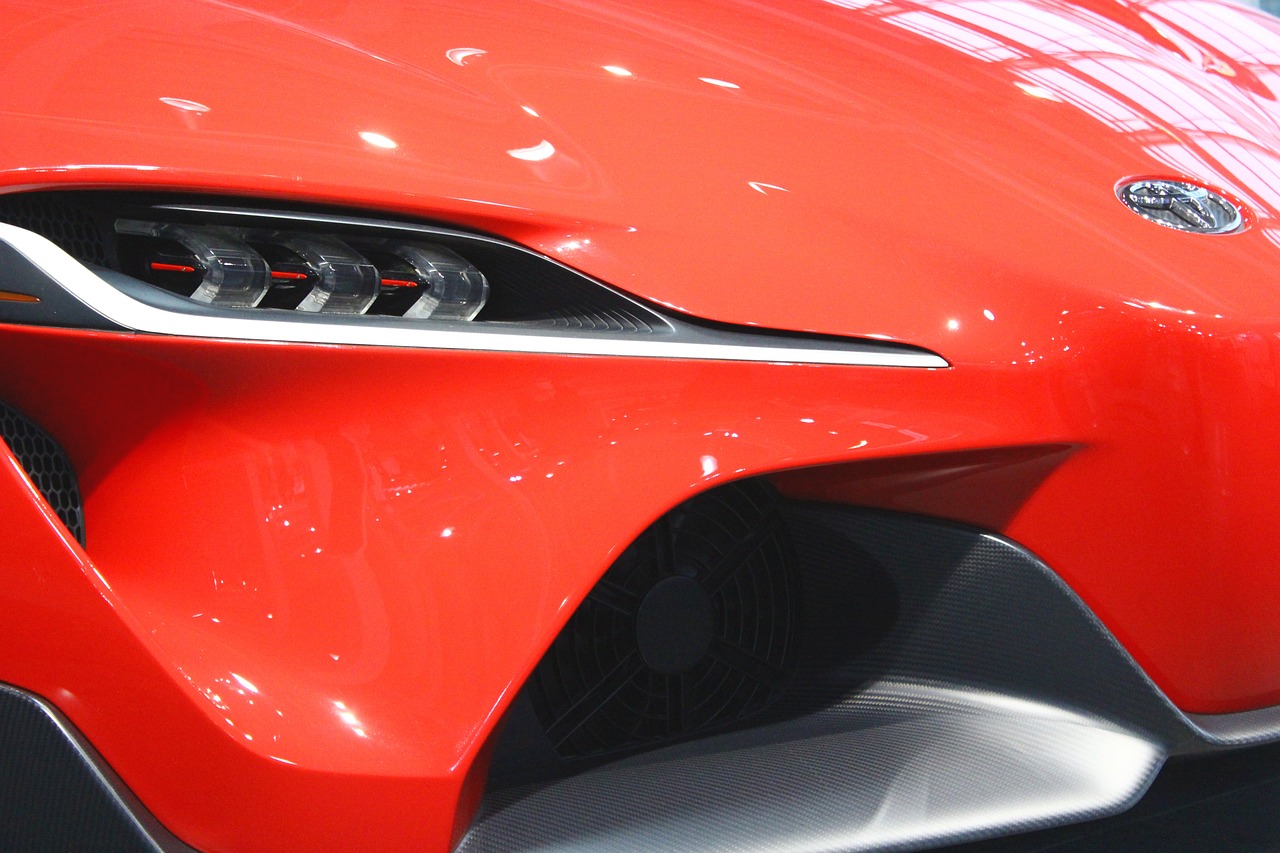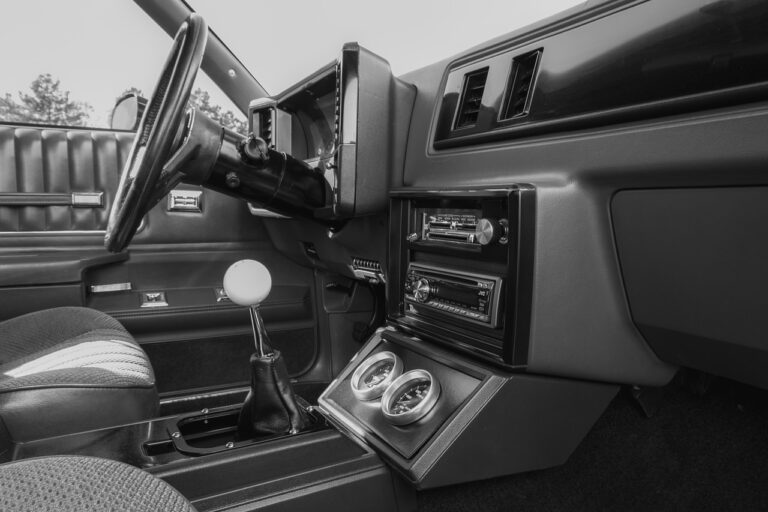Car Racing and Its Influence on the Auto Industry
Motorsports have a rich history that dates back to the late 19th century. The first official motor race is recognized to have taken place in France in 1894, known as the Paris-Rouen race. This event piqued the interest of automobile enthusiasts and sparked a competitive spirit that has since fueled the development of motorsports around the world.
As the popularity of motor racing grew, different disciplines emerged, each with its own unique set of challenges and thrills. From the high-speed excitement of Formula 1 to the adrenaline-packed rallies and the intense battles of endurance racing, motorsports have captured the hearts of millions of fans globally. The history of motorsports is a tale of innovation, bravery, and a relentless pursuit of speed that continues to push the boundaries of what is possible on and off the track.
The Evolution of Racing Technology
Racing technology has seen significant advancements over the years, pushing the boundaries of performance and safety in motorsports. Manufacturers and teams constantly strive to develop innovative solutions to gain a competitive edge on the track. From aerodynamics to engine technology, every aspect of a race car is meticulously engineered to maximize speed and cornering capabilities.
One of the most notable advancements in racing technology is the implementation of carbon fiber materials in constructing vehicle components. This lightweight yet strong material has revolutionized the industry, providing cars with enhanced stiffness and durability while reducing overall weight. As a result, carbon fiber has become a staple in modern race car design, contributing to improved handling and increased speeds on race tracks around the world.
Impact of Racing on Automotive Design
When it comes to automotive design, the influence of racing cannot be overstated. Racing has long been a driving force behind advancements in automotive technology, with innovations on the track often making their way into everyday vehicles. The quest for speed, agility, and aerodynamics in racing has led to the development of lighter materials, more efficient engines, and sleeker designs that prioritize performance.
The intense competition in the world of racing has pushed automotive manufacturers to constantly push the boundaries of what is possible in terms of design and engineering. From Formula 1 to endurance racing, each form of motorsport presents its own unique challenges that require innovative solutions. As a result, many of the features we now take for granted in our cars, such as spoilers, diffusers, and lightweight chassis, can trace their origins back to the world of racing.





